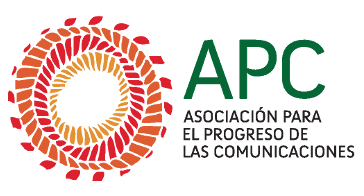Publicado el
Actualizado por última vez en
Looking at a few available models, social groups interested in entering the field of non-commercial ‘community radio’ broadcasting are actively assessing models for the same.
Looking at a few available models, social groups interested in entering the field of non-commercial ‘community radio’ broadcasting are actively assessing models for the same.
In mid-November 2006, the Government of India approved a community radio policy that allows community groups and civil society organizations to own and operate low-power radio stations.
But radio broadcasting in India, has long been a monopoly of the government. Only after the 1990s were private parties allowed to ‘buy’ slots of FM (frequency modulated) time, and undertake broadcasts.
Later, private players were allowed to set up their own stations.
Over the past couple of years, the Indian Government also opened up campus radio broadcasting. It received applications from universities and institutions of higher learning from different parts of the country.
Searching for information on how to enter this space, potential broadcasters have south information via networks such as the communityradionetwork.org website which offer some details.
Currently, in a country of 1.1 billion, there are only four active community radio initiatives in India: Chala Ho Gaon Mein in Palamau, Jharkhand; Kunjal Panchhi Kutch Ji in Kutch; Namma Dhwani in Budikote, Karnataka; and the Deccan Development Society initiative in Pastapur, in Andhra Pradesh.
These communities produce radio programmes and cablecast (distribute via cable TV networks), narrowcast (share programmes via cassettes), or buy time from the government-funded All India Radio (AIR) local radio stations.
Two more community groups in Uttaranchal — Heval Vaani in Chamba and Mandakini Ki Awaaz in Bhanaj — have been actively producing and disseminating local content through narrow casting, cable casting and via satellite.
Responding to interest, experts on the United Nations-run SolutionsExchange solutionexchange-un.net.in said: "Setting up of a community radio station is not very expensive and would not cost more than a million rupees (Rs 10 lakh) for (those seeking to broadcast in) a radius of 25 kms."
Lakshmi M Tikoo of the funding agency Aga Khan Foundation (India) and Ashish Sen of the development communications non-profit organisation VOICES in Bangalore — that have been promoting community radio — argued that the "power of radio" as a communication tool for rural communities needed to be
explored further.
To scale up interest in community radio, a number of government and non-government initiatives have also made available online on the internet information relating to India’s current policies, technology options, and even the circuits diagrams for building ultra-low powered transmitters
for a few hundred rupees.
Those interested in this simple-but-changing technology in rural India were told that it is possible to setup a network with a combination of various technologies — leased line, V-SAT, Wi-Fi, Wi-Max.
"But maintaining such networks would be technically very challenging. V-SAT and Wi-Max are very expensive technologies and involve lot of technical issues," it was also noted.
On a related plane, Unesco is to exhibit and discuss some ‘low-cost’ broadcast options during the BES (Broadcast Engineering Society) Expo scheduled to be held in New Delhi from February 1-3.
BES Expo 2007 will host a conference and exhibition on terrestrial and satellite broadcasting, the 13th in its series. Last year, some 300 companies from 25 countries took part in the event.


